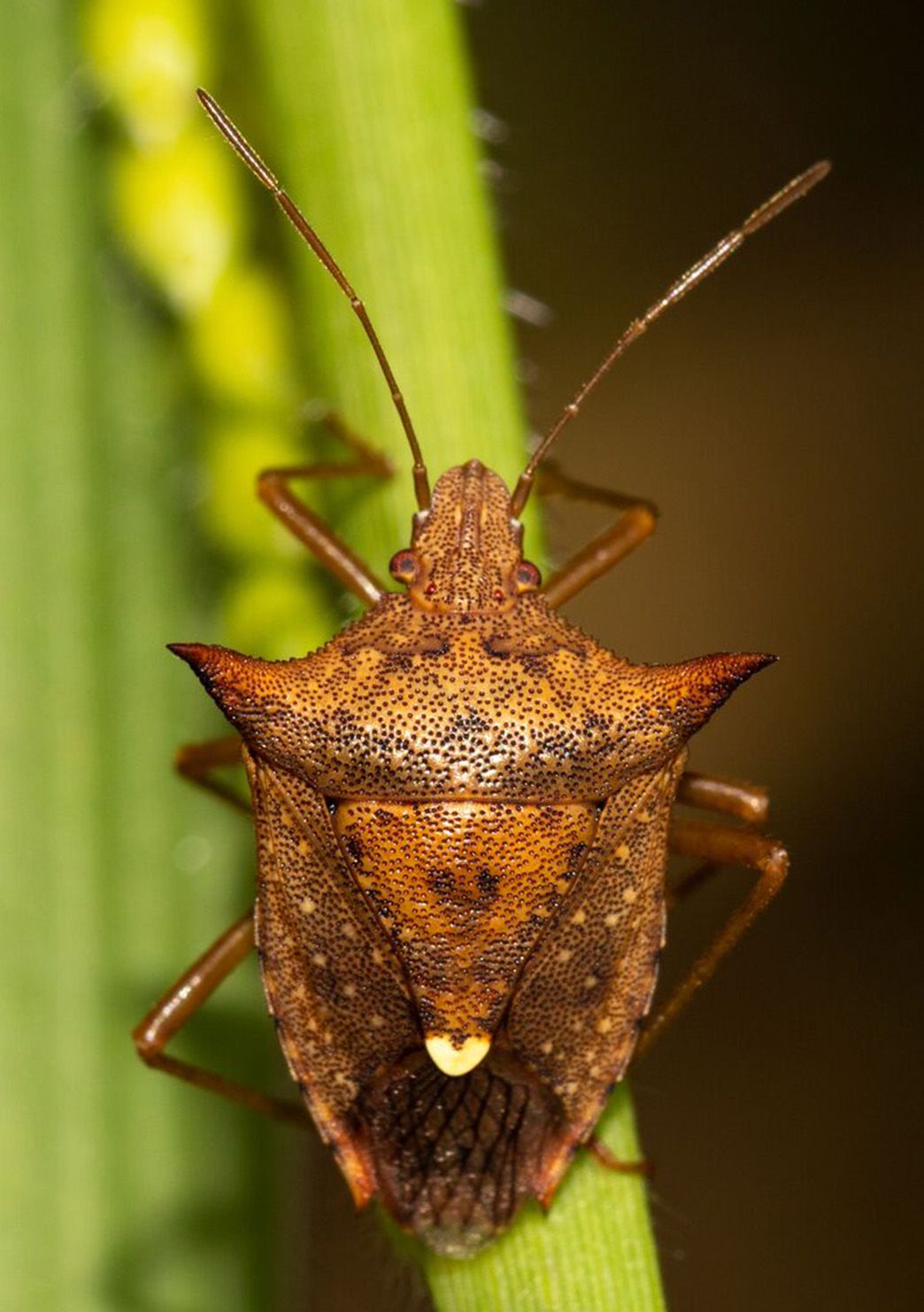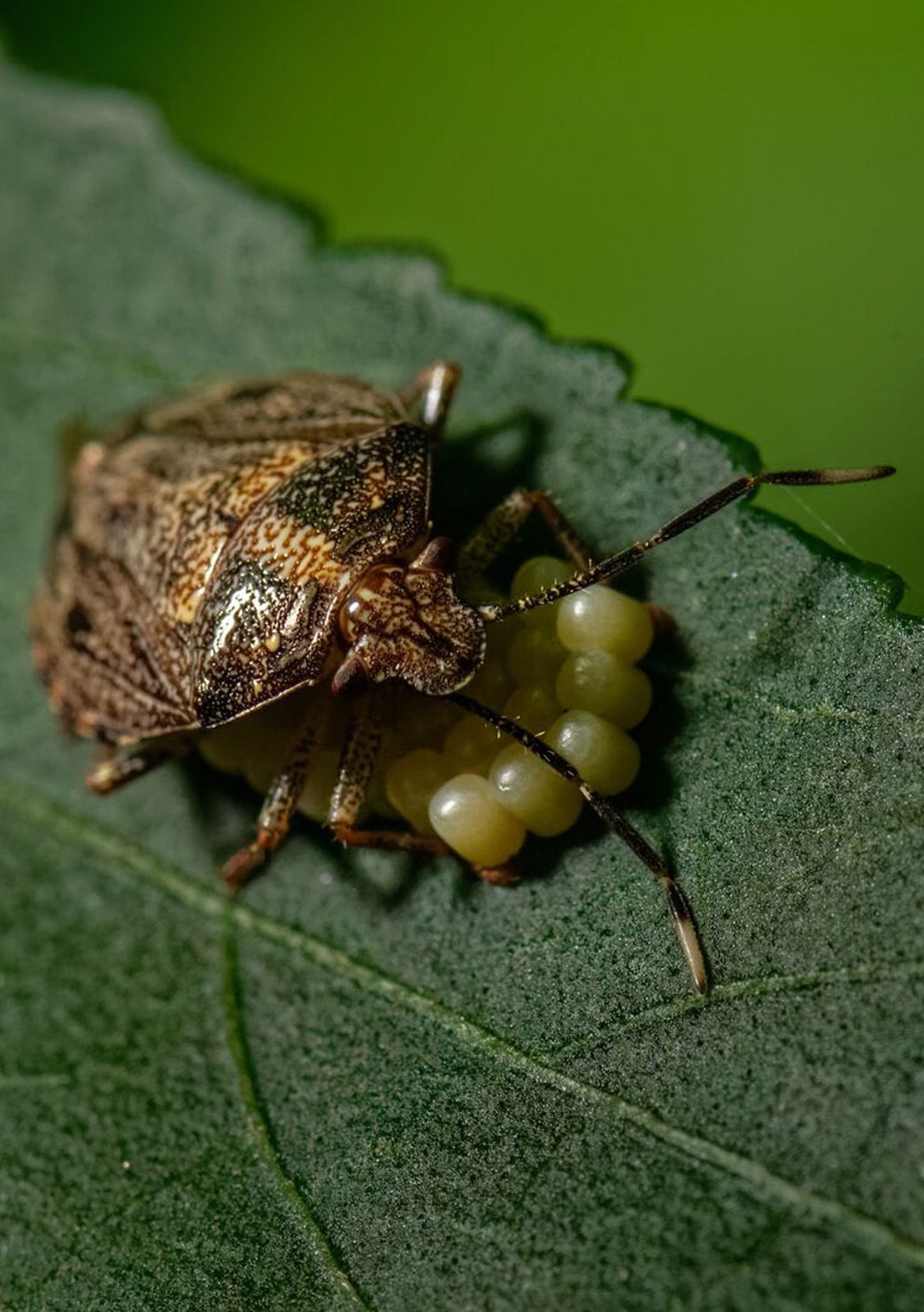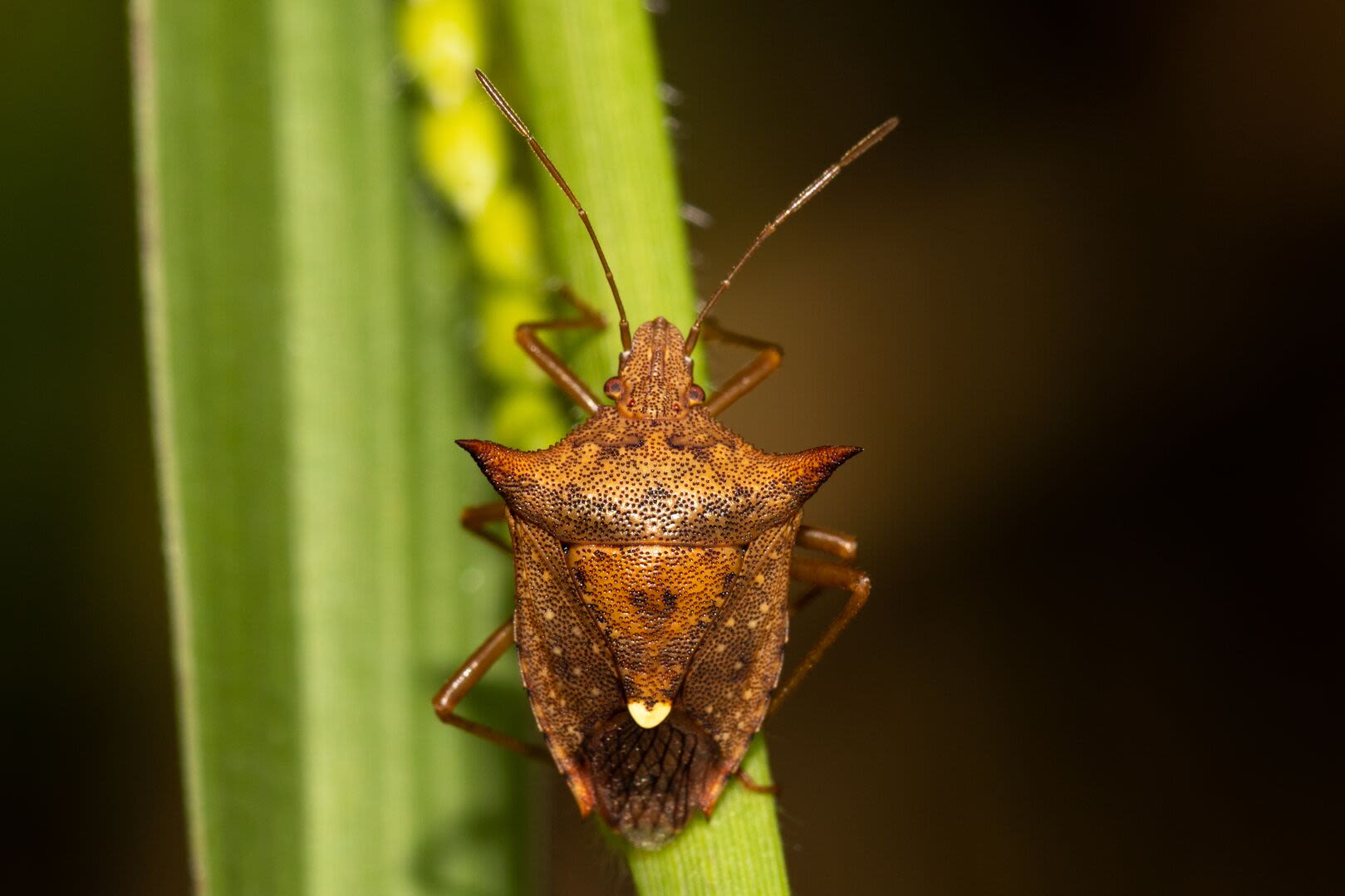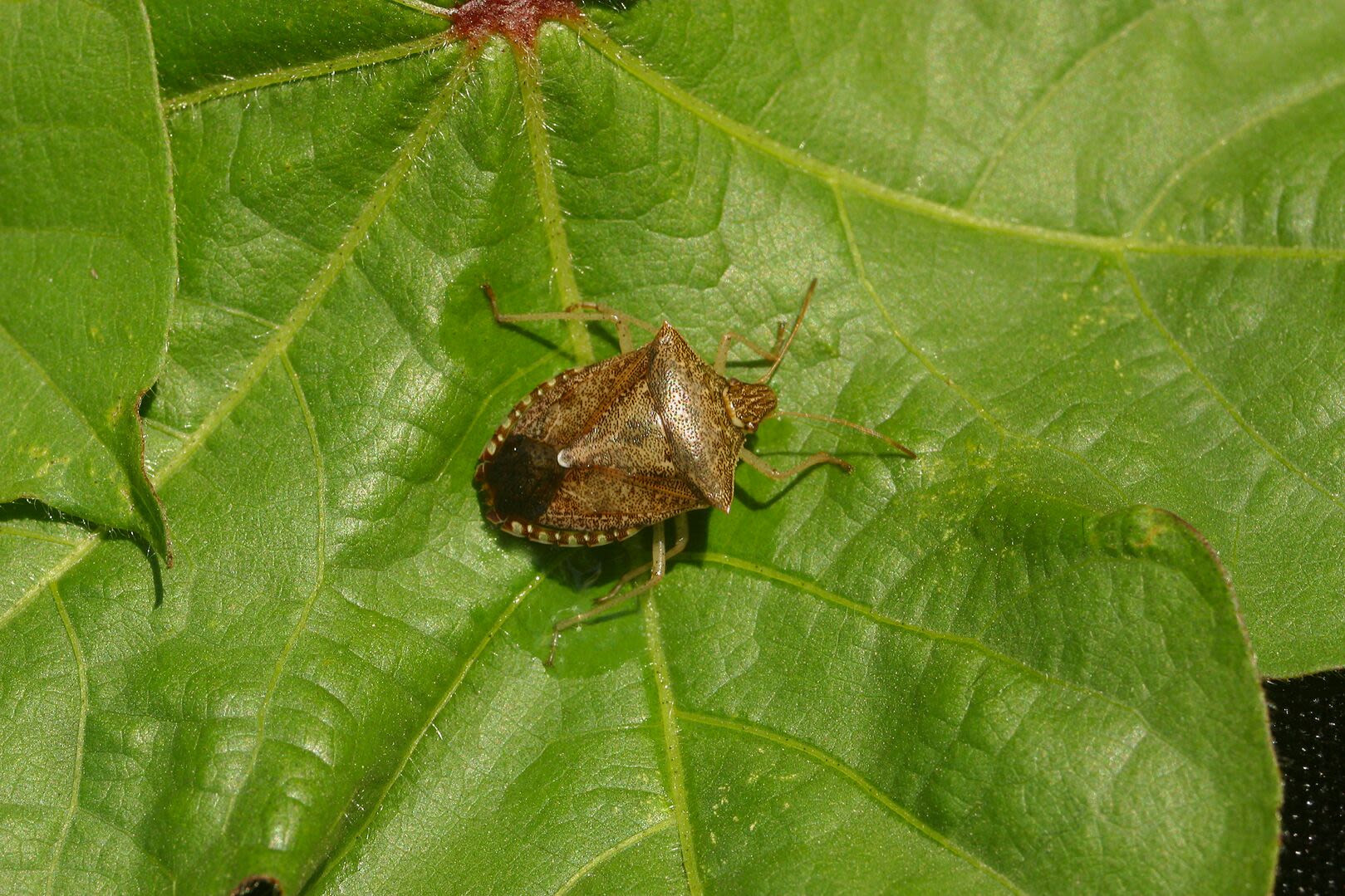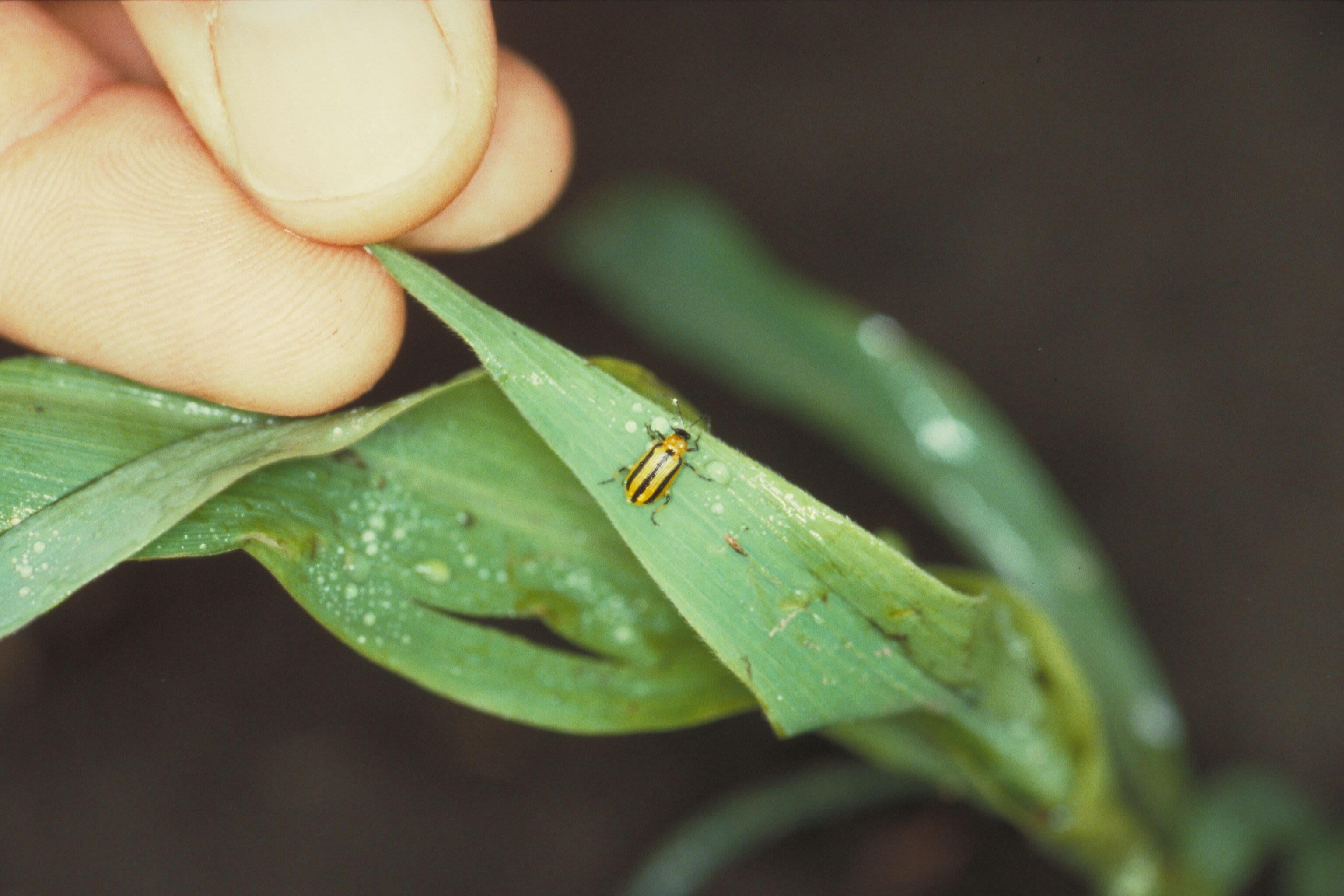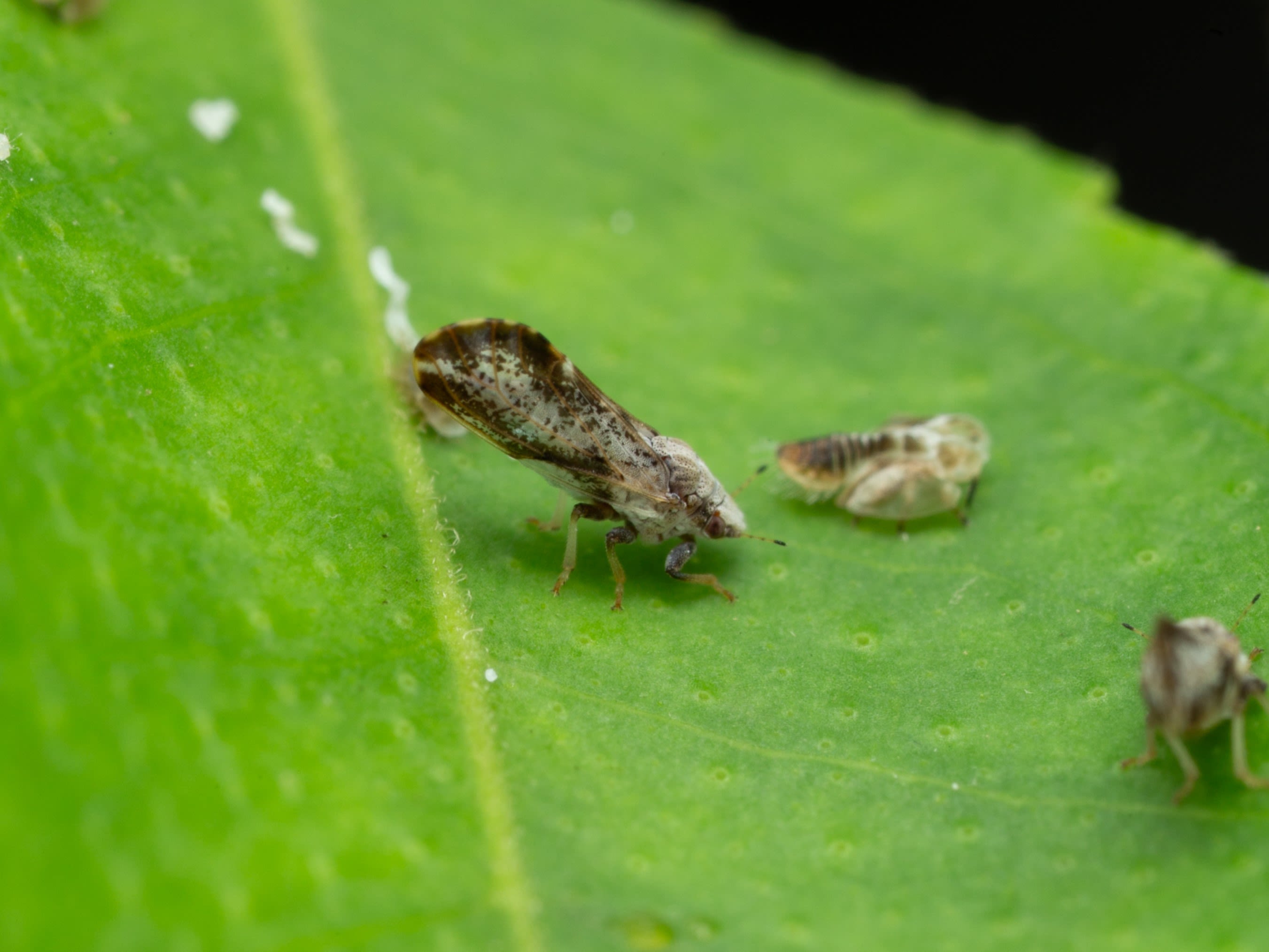Five invasive pests threatening global food security
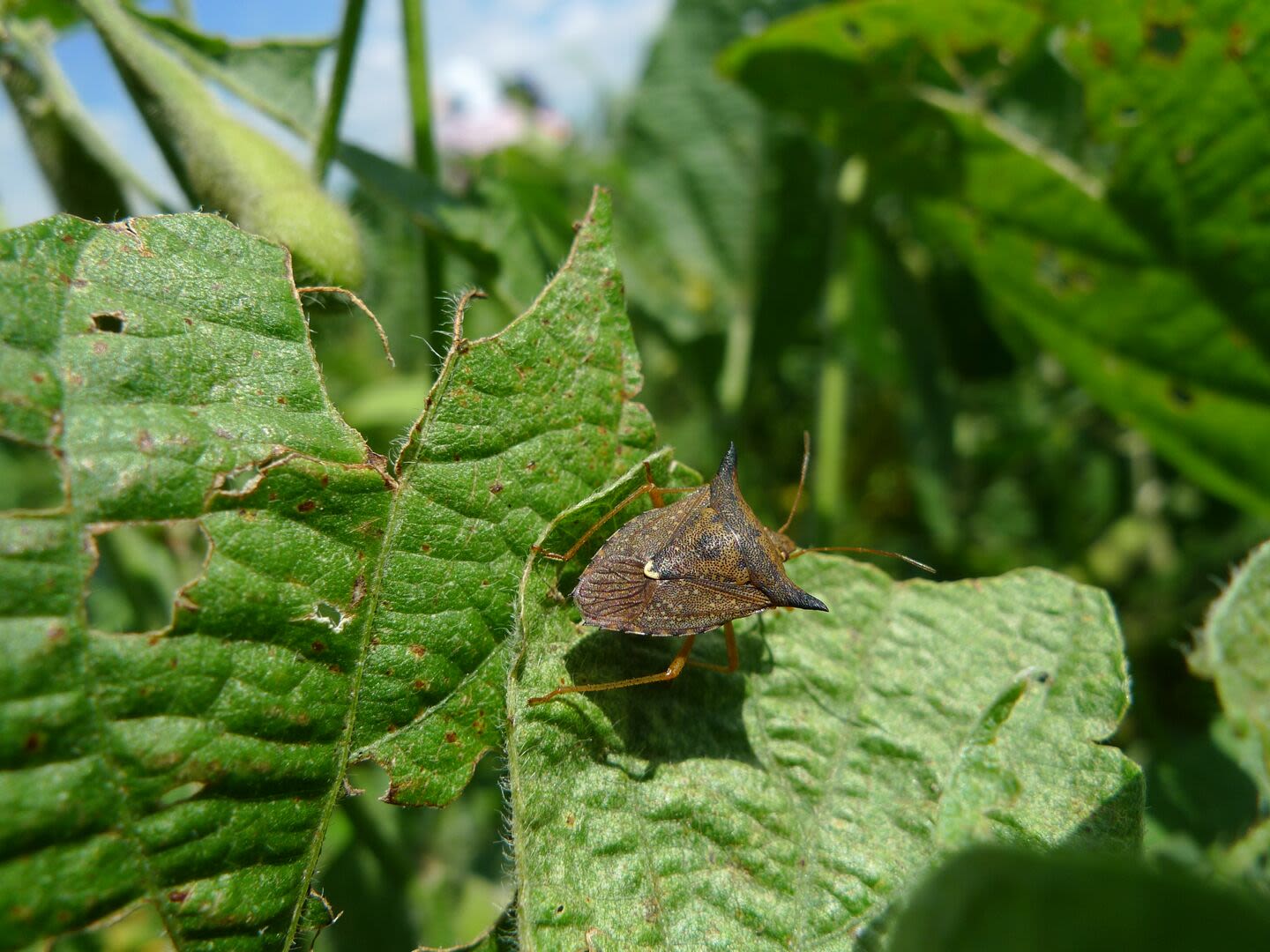
Five invasive pests threatening global food security

In their natural habitat, insect pests are partly controlled by predators, parasites and disease. These unhappy marriages – at least for the pests – constitute nature’s own pest management.
But invasive insect species are a different story, often multiplying in staggering numbers when left to their own devices, devastating crops and threatening food security worldwide.
Let’s take a look at five of the biggest threats.
Fall armyworm
It’s one of the most invasive pests threatening global food security. Native to the Americas, the fall armyworm has spread rapidly around the world, making its presence felt in multiple regions, especially Africa and Asia.
But this voracious pest is not a worm, it’s a moth species. It gets its name from its behavior. Like an army, it marches across fields in large numbers, consuming everything in its path.
In its larval stage, it has an insatiable appetite for grain and crops. Able to lay hundreds of eggs at a time, the moths can fly around 100km in a single night.
Since crossing the Atlantic, in just a few years the fall armyworm (Spodoptera frugiperda) has been found in more than 70 countries outside of its natural range. The resulting damage is immense, reducing harvests by as much as 50 percent. In Africa alone, annual losses are more than $9 billion. In 2018, the Food and Agriculture Organization of the United Nations estimated that almost 18 million tons of corn are lost to fall armyworm each year.
Russell Slater, Global Technical Manager – Insecticides at Syngenta, says: “Insect pests in their native range are often regulated by predators, parasites and diseases that have co-evolved with them. However, when they are transferred into a new region, those naturally occurring controls are often absent, and the insects can reproduce into numbers which are not normally possible. This of course can then lead to significant damage to crops in which they feed or increased spread of diseases in the case of disease vectors.”
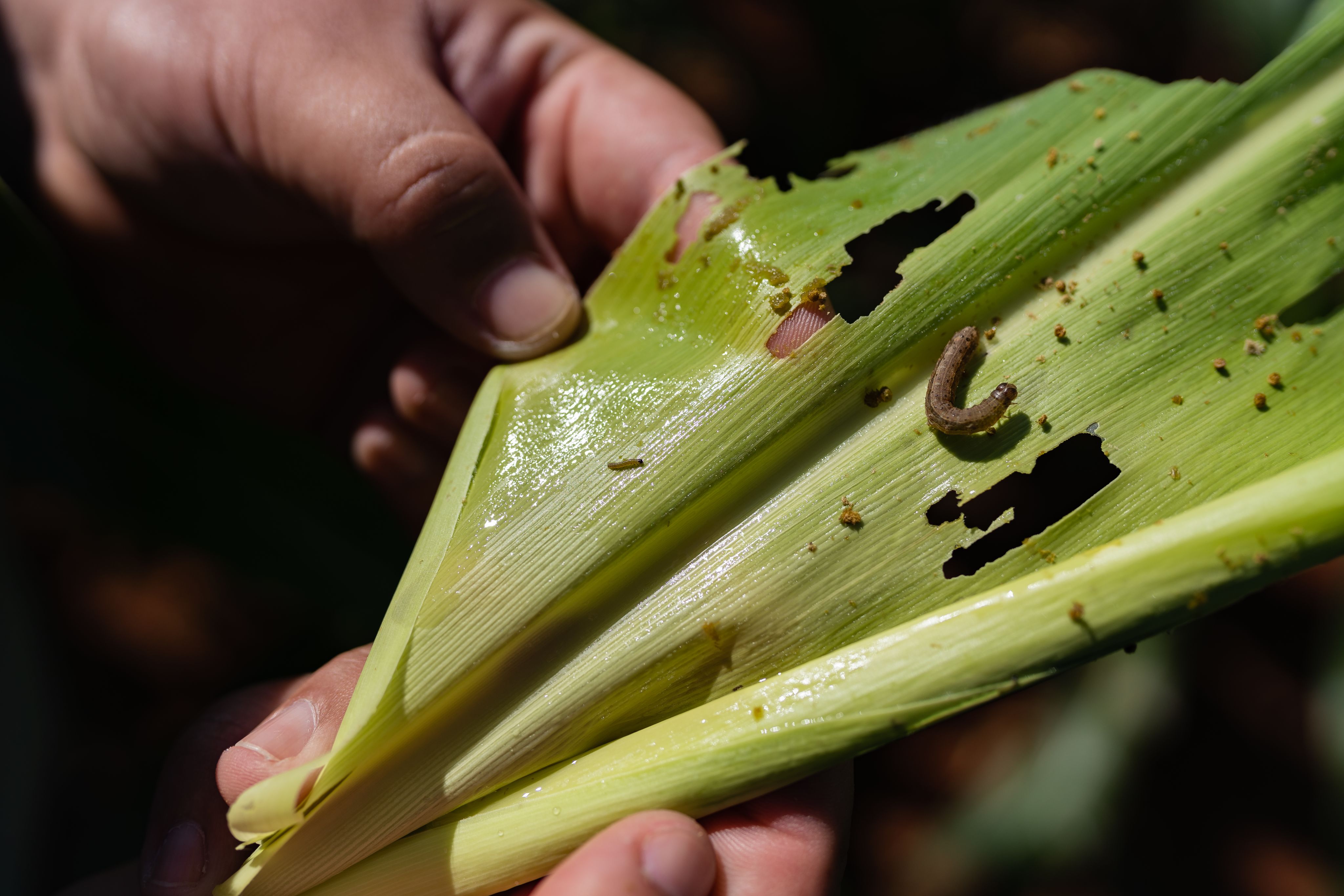
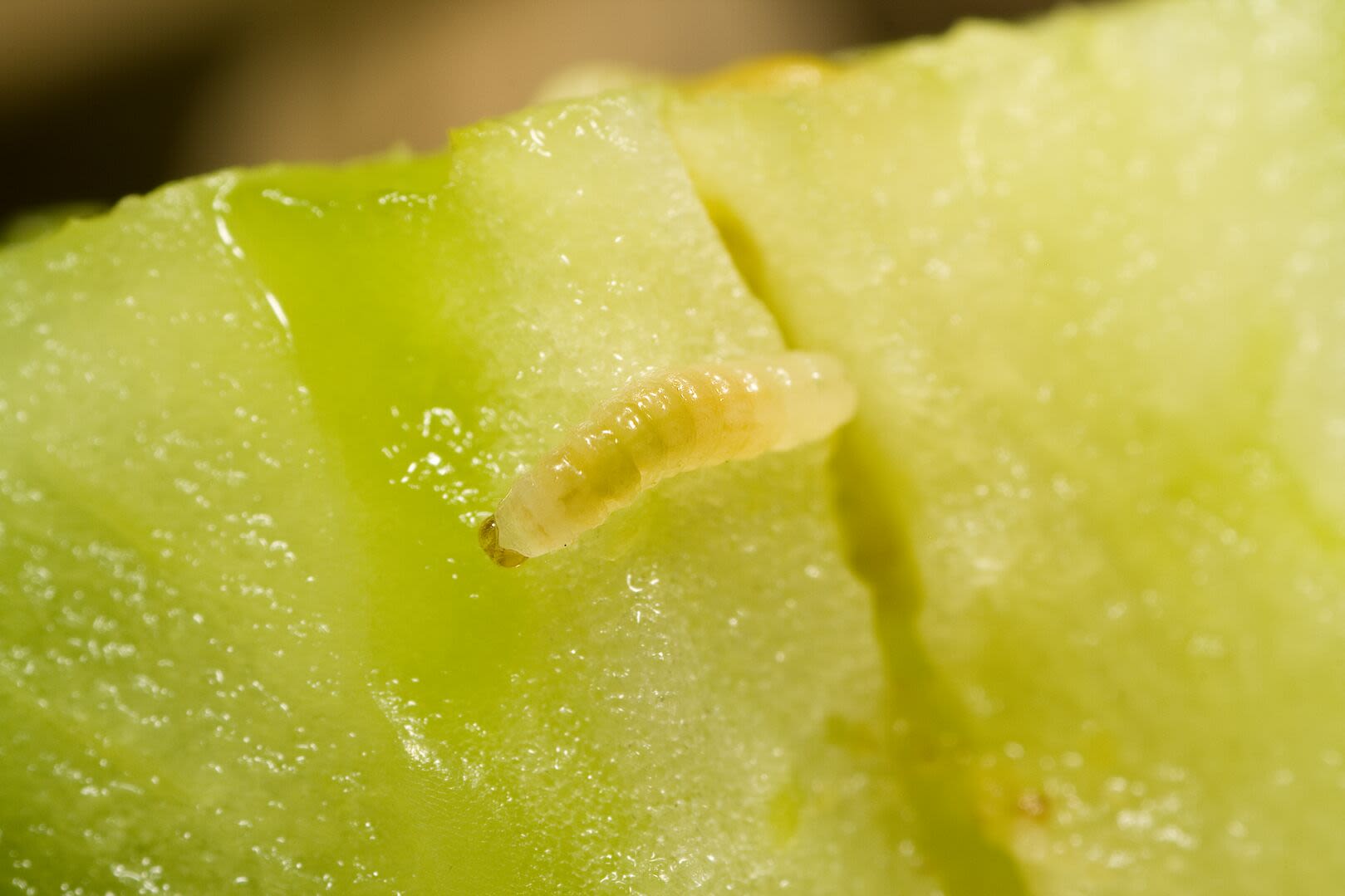
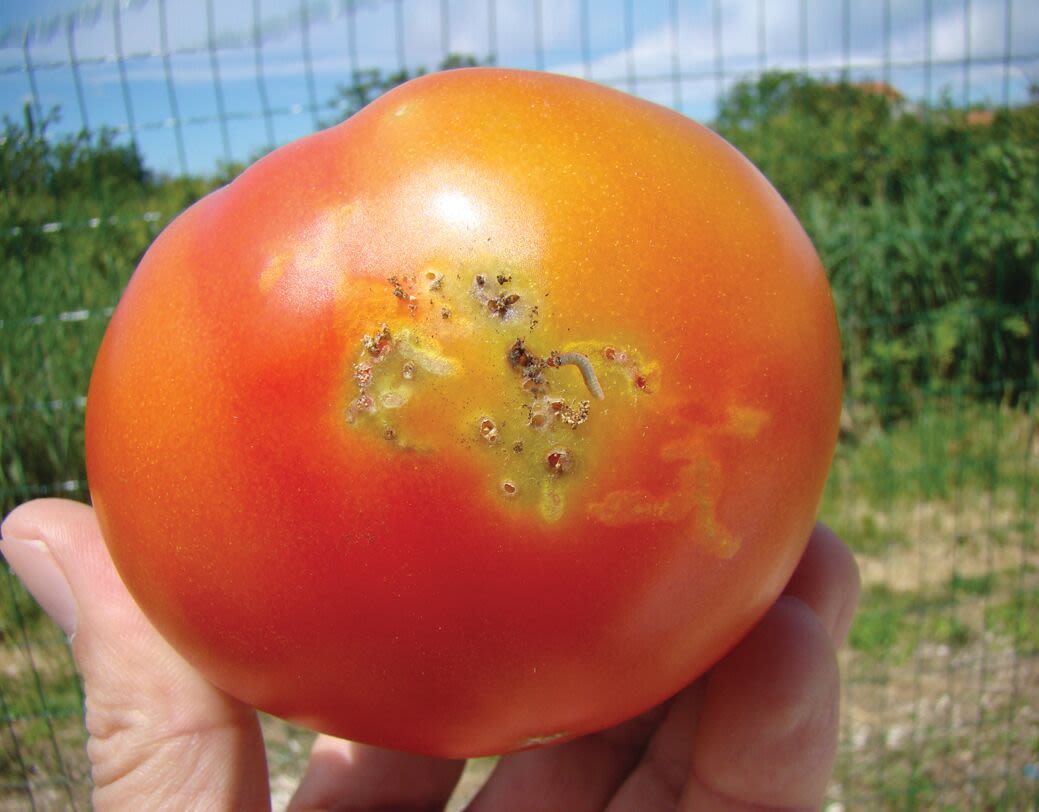
Tomato leaf miner
Despite its name, the tomato leaf miner doesn’t limit its damage to leaves. Stems and fruit are also targeted by this highly destructive pest which has spread rapidly throughout tomato-growing regions.
Slater says: “The tomato leaf miner (Tuta absoluta) is an invasive pest of Europe, Africa, the Middle East and Southern Asia. Originating in Latin America, it had a devastating effect on tomato production in both glasshouses and open field. This was further compounded by the development of resistance to a number of key insecticides and the industry scrambling to find suitable methods of control.”
With an ability to destroy entire tomato crops in a short space of time, the tomato leaf miner moth has ravaged continents in recent years. Back in 2017, farmers in Africa were reporting losses amounting to 90 percent. Although the leaf miner isn’t the only culprit, tomato crop losses cost African economies more than $10 billion a year.
Key symptoms of a leaf miner attack include serpentine mines on the leaves, holes in stems and fruits, abnormal fruit size, and plant dieback. And it doesn’t just like tomatoes – its appetite extends to other crops from the same family including peppers, eggplant and potatoes.
Damir Ivacic, Global Technical Manager in the Insect Control Team at Syngenta, says: “In the past, invasive pests were causing people hunger, starvation, diseases and death. Science and technology are the main reasons why human civilization today is able to neutralize or minimize the consequences of pest spread. There has also been drastic improvement on the speed of reaction to the appearance of new pest introduction, with the use of monitoring tools and intensive exchange of information.”
Brown marmorated stink bug
The brown marmorated stink bug is aptly named. When it feels threatened, this invasive species exudes a foul smell from scent glands on its abdomen. But the unpleasant odor is, in many ways, the least objectionable thing about this pest.
Ivacic says: “There are many examples when invasive pests were not very destructive in their homeland, but as ‘tourists’ in a new environment they cause huge damage to the native crops. A recent case is the brown marmorated stink bug (Halyomorpha halys), a native insect and minor pest in East Asia but much more important in the invaded areas of Europe and North America, where huge population explosions cause severe damage to fruits and vegetables.”
Thought to have hitched a lift on a shipping container bound for the US in the mid-1990s, it quickly established itself and is currently present in at least 44 states. Europe wasn’t far behind. Thanks to its wide diet, which includes hundreds of agricultural and ornamental flora species, the brown marmorated stink bug causes major economic damage to fruit, vegetable and field crops. It can also be a nuisance in homes and buildings.
In 2019, losses caused by this stink bug were estimated at more than €250 million in Italy alone, with global losses thought to be in the billions.
“In many European countries there are not many effective control options for the brown marmorated stink bug due to a declining breadth of insecticide modes of action due to regulatory challenges,” says Slater. “The adult bugs often overwinter in homes, so people may be familiar with this species.”
Brown marmorated stink bug
The brown marmorated stink bug is aptly named. When it feels threatened, this invasive species exudes a foul smell from scent glands on its abdomen. But the unpleasant odor is, in many ways, the least objectionable thing about this pest.
Ivacic says: “There are many examples when invasive pests were not very destructive in their homeland, but as ‘tourists’ in a new environment they cause huge damage to the native crops. A recent case is the brown marmorated stink bug (Halyomorpha halys), a native insect and minor pest in East Asia but much more important in the invaded areas of Europe and North America, where huge population explosions cause severe damage to fruits and vegetables.”
Thought to have hitched a lift on a shipping container bound for the US in the mid-1990s, it quickly established itself and is currently present in at least 44 states. Europe wasn’t far behind. Thanks to its wide diet, which includes hundreds of agricultural and ornamental flora species, the brown marmorated stink bug causes major economic damage to fruit, vegetable and field crops. It can also be a nuisance in homes and buildings.
In 2019, losses caused by this stink bug were estimated at more than €250 million in Italy alone, with global losses thought to be in the billions.
“In many European countries there are not many effective control options for the brown marmorated stink bug due to a declining breadth of insecticide modes of action due to regulatory challenges,” says Slater. “The adult bugs often overwinter in homes, so people may be familiar with this species.”
Western corn rootworm
One of the most devastating corn insect pests in the US, the western corn rootworm (Diabrotica virgifera virgifera) was once considered a minor threat. But, in the 20th century, the introduction of continuous corn production in the American Midwest allowed this pest to proliferate.
The United States Department of Agriculture estimates that corn rootworms can result in up to $1 billion in yield loss and control costs in a single year. It has also become a serious problem in Europe since its discovery in the former Yugoslavia in 1992.
“Trade of agricultural products is the most frequent way of pest spreading, sometimes on huge distances with airplanes,” explains Ivacic. “Airports and seaports are recognized as the hotspots for some of the most significant pest migrations. As an example, western corn rootworm, a native pest of North America, was found in Europe for the first time near the airport. In a very short time, the pest became the significant pest of corn in Europe.”
As the name suggests, the larvae of the western corn rootworm are the most damaging because they feed on corn roots. This weakens the plant and makes it unstable. It also seriously reduces the plant’s ability to take in water and nutrients. In addition, affected corn roots are more susceptible to disease.
Slater says: “The spread of corn rootworm is restricted by cold weather conditions in the winter, but with global warming its range is likely to continue to expand.”
Western corn rootworm
One of the most devastating corn insect pests in the US, the western corn rootworm (Diabrotica virgifera virgifera) was once considered a minor threat. But, in the 20th century, the introduction of continuous corn production in the American Midwest allowed this pest to proliferate.
The United States Department of Agriculture estimates that corn rootworms can result in up to $1 billion in yield loss and control costs in a single year. It has also become a serious problem in Europe since its discovery in the former Yugoslavia in 1992.
“Trade of agricultural products is the most frequent way of pest spreading, sometimes on huge distances with airplanes,” explains Ivacic. “Airports and seaports are recognized as the hotspots for some of the most significant pest migrations. As an example, western corn rootworm, a native pest of North America, was found in Europe for the first time near the airport. In a very short time, the pest became the significant pest of corn in Europe.”
As the name suggests, the larvae of the western corn rootworm are the most damaging because they feed on corn roots. This weakens the plant and makes it unstable. It also seriously reduces the plant’s ability to take in water and nutrients. In addition, affected corn roots are more susceptible to disease.
Slater says: “The spread of corn rootworm is restricted by cold weather conditions in the winter, but with global warming its range is likely to continue to expand.”
Asian citrus psyllid
Since it was first detected in Florida in 2005, the Asian citrus psyllid (Diaphorina citri) has wreaked havoc in the US. This devastating sap-sucking insect carries a bacterium that causes huanglongbing (yellow dragon disease), also known as citrus greening, one of the most serious citrus diseases in the world.
Citrus greening infects nearly all varieties of citrus trees which, once affected, perish within a few years. Leaves of newly infected trees develop a telltale blotchy, mottled appearance. There is no known cure.
The scale of the problem is immense. In the decade preceding 2018, citrus greening was responsible for a 72.2 percent decrease in the production of oranges for processing in the US. Worldwide, the disease has spread to more than 50 countries, devastating millions of acres of citrus crops. It is not known exactly where the disease originated but it may have begun in eastern Asia or the Indian subcontinent.
Slater says: “Although invasive species have been reported throughout modern history, the number of instances has certainly increased with expanded globalization, through human-assisted redistribution.”
Ivacic adds: “Agricultural pests are part of ecosystems and local natural food chains. Pest outbreaks are frequently consequences of disbalances caused by human activity. So, it is essential that measures against agricultural pests are applied in a sustainable way in order to minimize the influence on local ecosystems and keep the effect as much as possible focused on the regulation of pest populations.”
Asian citrus psyllid
Since it was first detected in Florida in 2005, the Asian citrus psyllid (Diaphorina citri) has wreaked havoc in the US. This devastating sap-sucking insect carries a bacterium that causes huanglongbing (yellow dragon disease), also known as citrus greening, one of the most serious citrus diseases in the world.
Citrus greening infects nearly all varieties of citrus trees which, once affected, perish within a few years. Leaves of newly infected trees develop a telltale blotchy, mottled appearance. There is no known cure.
The scale of the problem is immense. In the decade preceding 2018, citrus greening was responsible for a 72.2 percent decrease in the production of oranges for processing in the US. Worldwide, the disease has spread to more than 50 countries, devastating millions of acres of citrus crops. It is not known exactly where the disease originated but it may have begun in eastern Asia or the Indian subcontinent.
Slater says: “Although invasive species have been reported throughout modern history, the number of instances has certainly increased with expanded globalization, through human-assisted redistribution.”
Ivacic adds: “Agricultural pests are part of ecosystems and local natural food chains. Pest outbreaks are frequently consequences of disbalances caused by human activity. So, it is essential that measures against agricultural pests are applied in a sustainable way in order to minimize the influence on local ecosystems and keep the effect as much as possible focused on the regulation of pest populations.”


